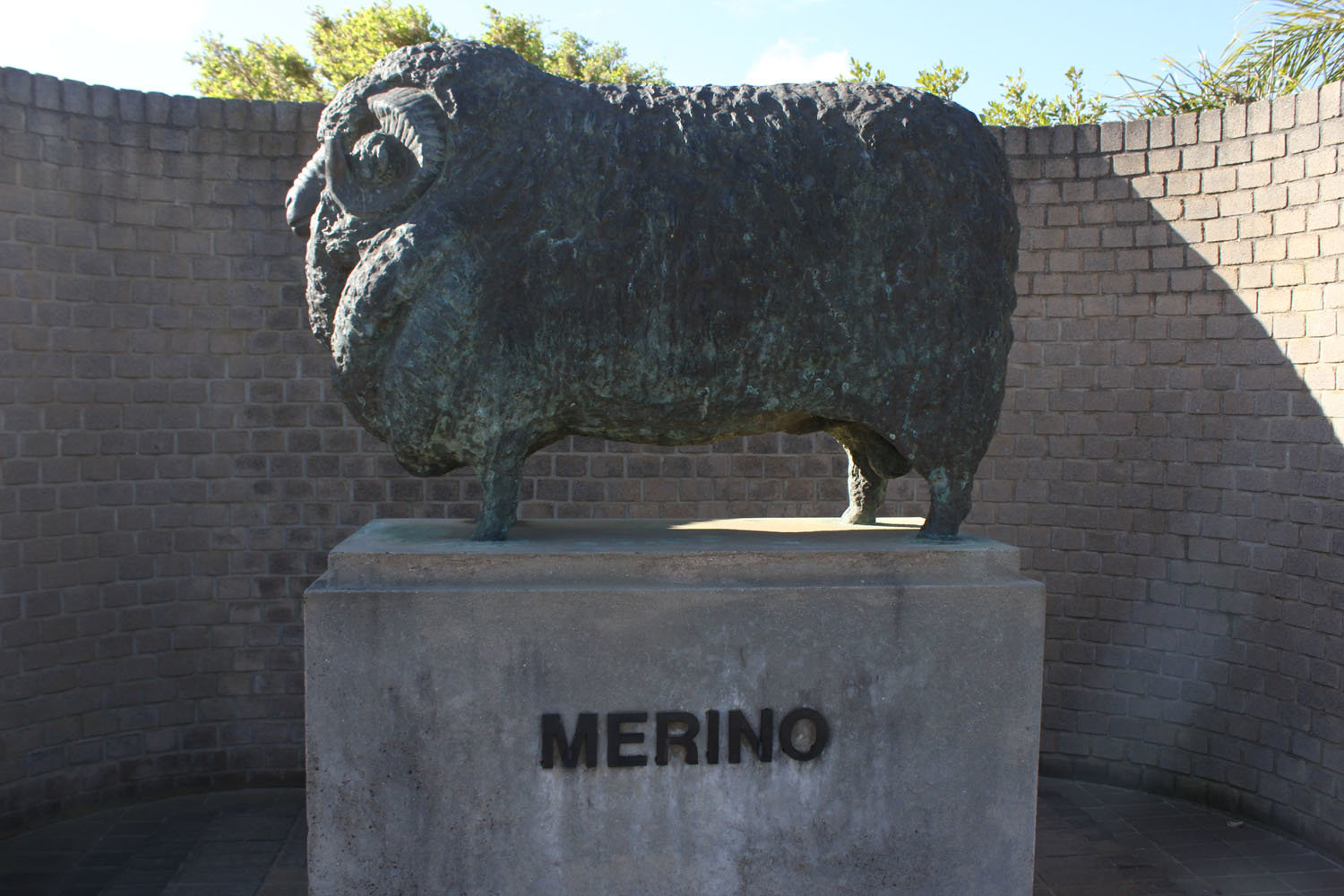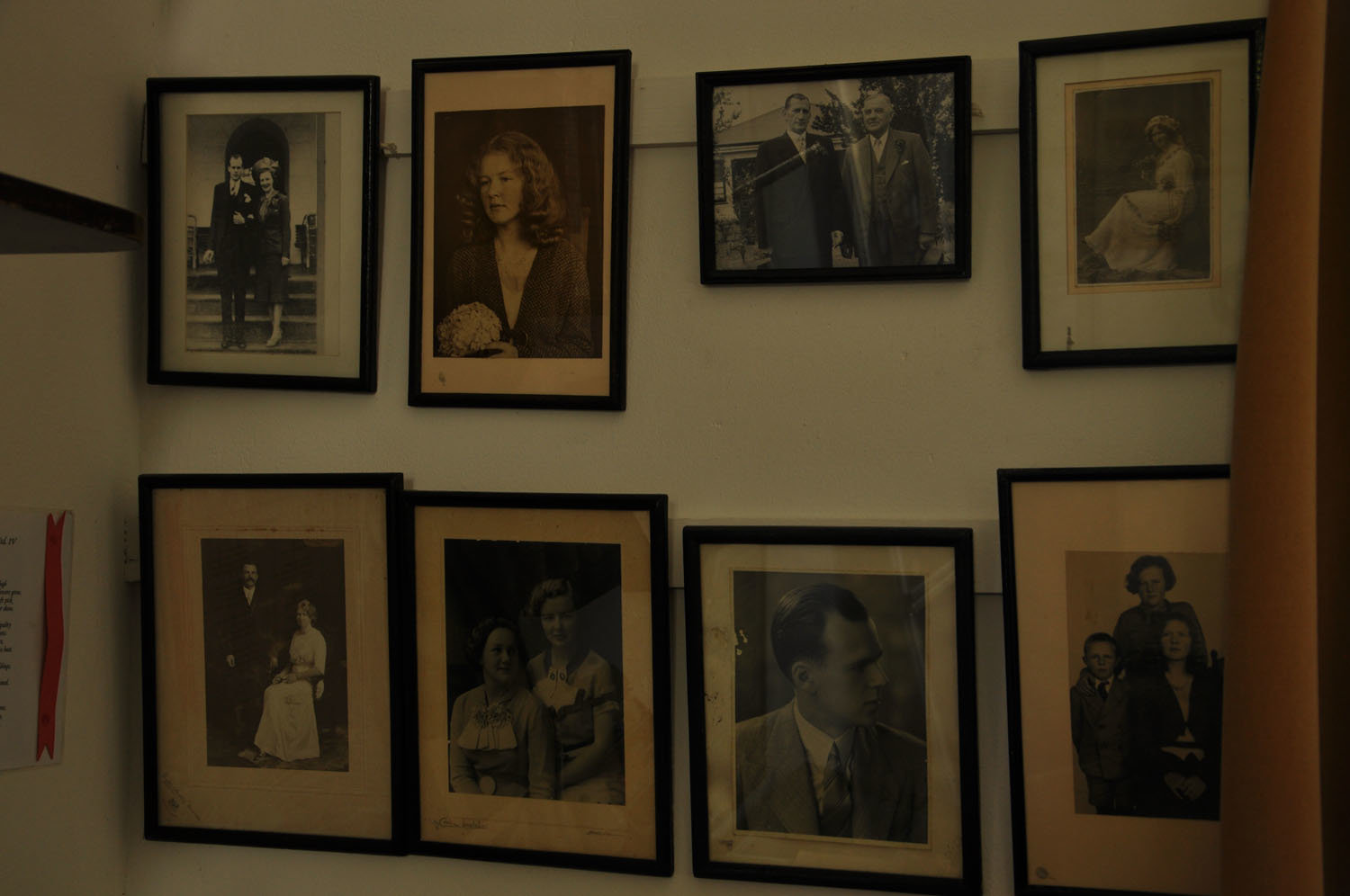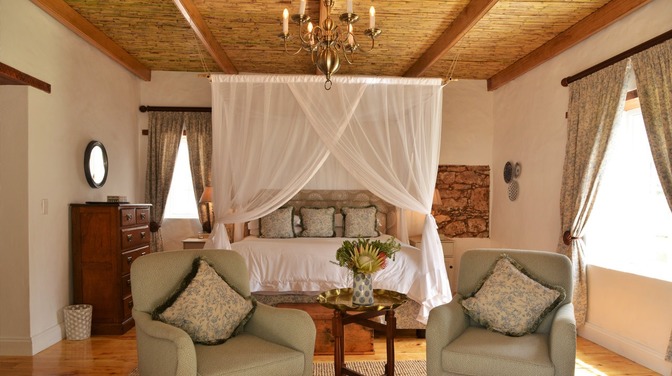Select a category
History of Bredasdorp
When entering the peaceful town of Bredasdorp you get the feel of true country living and small town hospitality. But things are not always as they seem. The now strong and flourishing town, despite its controversial start, gave birth to some of the most influential events and figures in the country’s history.
The humble yet controversial beginnings of Bredasdorp links to that of its sister town, Napier. The birth of these two towns came from the unresolved dispute between Michiel van Breda and Pieter Voltelyn van der Bijl who couldn’t agree upon a site for their new community church. Van der Bijl was of the opinion that the church should be built on his farm, Klipdrift, and Van Breda believed the church should be built on his farm, Langefontein. With neither of the gentlemen willing to give in, they went their separate ways and built two churches. The church built on Langefontein would give origin to Bredasdorp and thus the first town in South Africa was established.
Bredasdorp was named after its founding father Michiel van Breda who was the first mayor of Cape Town. Van Breda is also believed to be the father of the merino sheep industry as he was the first to introduce this valuable livestock to the area when he started farming sheep on his farm Zoetendals Vallei. Besides his valuable inputs into the farming industry of Bredasdorp, Van Breda was also a member of the Cape Chamber of Commerce, Chairman of the Port Trading Company and later the Chairman of the first Council of Commissionaires of the Cape.

With the town established and finally laid out, the Dutch Reformed Church in the centre of town was erected in 1842. The growing population of the town and growing church community made it necessary for the church to be enlarged and so it was done in 1856. The continued thriving community also soon saw the building of what is now known as the very centre of town, the Du Preez Building. This building was built in 1894 and is presently the host to the Cape Agulhas Tourism Offices.
As the years continued and with all the artefacts having been collected from the unfortunate demise of all the ships along this treacherous part of the coast, it was suggested that a museum should be built to showcase all these treasures in 1967. This appeared to be the year for paying tribute to their unique heritage as the same year the Independent Church in Bredasdorp was also proclaimed a National Monument. With lots of planning and the help of many a community member the Shipwreck Museum was approved and opened its doors in April of 1975.

The early 1980’s saw the establishment of the Test Flight and Development Centre and also the Overberg Test Range near Arniston. These two testing centres are of great value as they are the only testing sites for new equipment and aircraft in South Africa.
Along with the claim of being the first official town in South Africa and the thriving farming industry, Bredasdorp also gave birth to some very influential people of the country’s history. A fact unknown to many is that Audrey Blignault, the famous South African writer, was born in Bredasdorp. Born on July 6th 1916, Audrey Bettie Blignault found a love for books and writing from a very young age. The passion grew and in 1927, at the mere age of 9, her first essay was published in the Bredasdorp-Napier-Nuus newspaper. In 1955, her first book, In Kleine Maat (In Small Measure), was published followed by numerous short stories and articles for Naweekpos, Sarie and Juweel-Novelles. Audrey Blignault was also the first presenter and organiser of Vrouerubriek (Women’s Rubric) and was the editor for Die Huisvrou (The Housewife) for 11 years. After a full life of literacy, Audrey finally passed away on October 1st 2008 at the age of 92 in Cape Town.

The history of Bredasdorp is truly one of legends. After its precarious start the first town in South Africa gave origin to a thriving livestock industry, the establishment of the Cape Agulhas municipality and also one of South Africa’s most beloved and treasured female writers. Now there is a past to be proud of.




.jpg?width=200&height=94)
.jpg?width=200&height=94)






.jpg?width=200&height=94)









